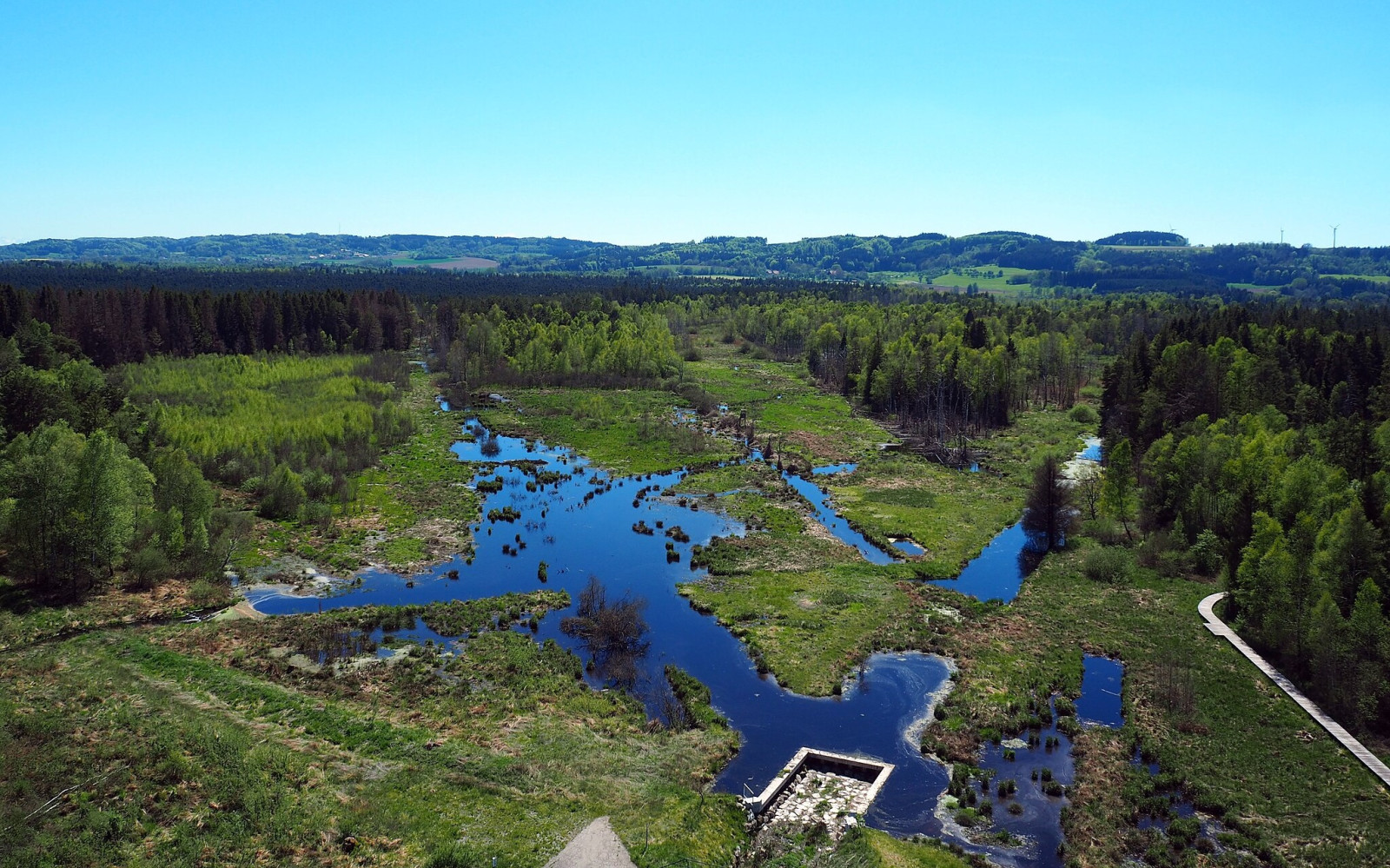Beschreibung
The Pfrunger-Burgerweiler Ried nature reserve contains the second largest moorland area in southwest Germany. A complex of wetlands, woodland and meadows with extensive grazing. More than 200 bird species have been recorded in the area. Excellent site for e.g., Schwarzspecht, Feldschwirl, Weidenmeise, Schwarzkehlchen, Braunkehlchen, Bekassine, Goldammer and plenty more.
Details
Zugang
The Pfrunger-Burgerweiler Ried is located in Baden-Württemberg between the towns of Wilhelmsdorf and Ostrach. Public transport options are very limited. Nearest towns are Wilhelmsdorf and Ostrach, both accessible by bus and with access on foot to the site (Ostrach is a fair walk away though). There are several parking lots around the area. Click on a P in the map for directions to a parking.
Exploring the site on foot is very worthwhile, but it rewards multiple visits better than a single flying visit. Some routes through the site are very popular with cyclists in fine weather, which can make it difficult to bird in peace.
The circular walking route indicated on the map is about 10 km. There are several information boards along the path. From vantage points such as the platform at the Hundschen Weihern and a high observation tower you can enjoy a great view of the moor landscapes.
